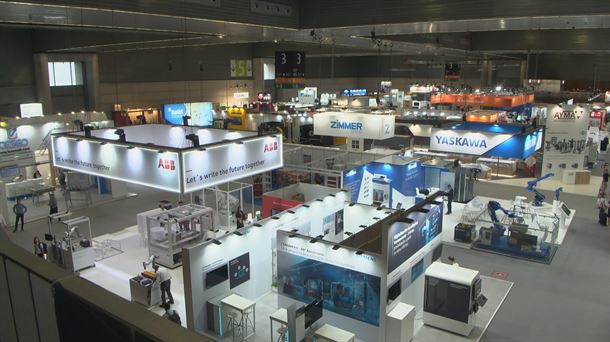A new study shows that the current global warming of around 1.2 degrees Celsius brings the ice shield from Greenland and the Antarctica out of balance. Even the 1.5 degree goal anchored in the Paris agreement could not be sufficient to prevent damage in the long term.
The ice loss on the Polar caps has quadrupled 370 billion tonnes of ice since the 1990s Around is currently lost annually. According to an international research group, this ice loss has not only endangered the stability of the IJshields, but also starts a process that can no longer be reversed for centuries or even thousands of years.
The consequences: an increase in sea level that continued for centuries due to a few meters and massive threats for hundreds of million people in coastal areas worldwide.
Observations are “alarming”
The results were published in the specialized magazine “Communications Earth & Environment”. The researchers combined the current satellite measurements, climate models and knowledge from earlier warm periods in the history of the earth. Her conclusion: even global warming of around 1.2 degrees compared to the pre -industrial level is sufficient to activate a long -term and irreversible increase in sea level.
“The recent observations of ice loss are alarming – even in current climate conditions,” says Chris Stokes, head study by Durham University.
Ice loss accelerates faster than expected
Although climate models have so far been lost in moderate ice loss, satellite data shows that the reality is already going further. Jonathan Bamber from the University of Bristol explains: “The models have not predicted what we have actually observed in the past three decades.”
If the melting of the ice shields in Greenland and the Antarctica is not checked, they can increase the sea level together by almost 65 meters – even if a complete melting would last for many centuries. About 230 million people, however, already live in regions that are less than a meter above sea level.
The goal mark must be reduced to 1 degrees
The researchers warn that even the 1.5 degree goal can be too high. Earlier warming times such as the Eem Warm-Time Show: even with similar warming, an increase in sea level of different meters took place. The study therefore suggests to strive for a global temperature target of up to 1 degrees above the pre -industrial level to stabilize the ice shield as far as possible.
Andrea Dutton from the University of Wisconsin-Madison emphasizes: “The longer high temperatures last, the more serious the consequences for the ice and sea level.” Rob Deconto also warns of the University of Massachusetts: “Even if we return to pre -industrial temperature, it takes centuries or thousands of years before the ice shield recovers.”
Permanent consequences for future generations
A central aspect: ice loss is irreversible on human time scales. This means that areas that are lost due to rising sea level cannot be restored – at least not within many generations.
The authors of the study see this an acute challenge for political decisions -makers. Adjustment to the sea level that will rise one centimeter in the future – a value that the young generation could still experience according to the researchers – is extremely difficult.
Every fraction of a degree counts
The researchers emphasize that not everything is lost when the 1.5-degree brand is reached or exceeded in the short term. However, every extra fraction of a degree can make the difference between stability and irreversible collapse of the ice shields.
“The sooner we stop heating, the greater the chance to return to safe temperature ranges,” said Chris Stokes.
The study clearly shows that it is no longer just to meet climate goals – it is about correcting what has been considered sufficient so far. Looking back on earlier warm periods and the data of the present speak a clear language: 1.5 degrees could have been too much.
Source: Krone
I am an experienced and passionate journalist with a strong track record in news website reporting. I specialize in technology coverage, breaking stories on the latest developments and trends from around the world. Working for Today Times Live has given me the opportunity to write thought-provoking pieces that have caught the attention of many readers.



